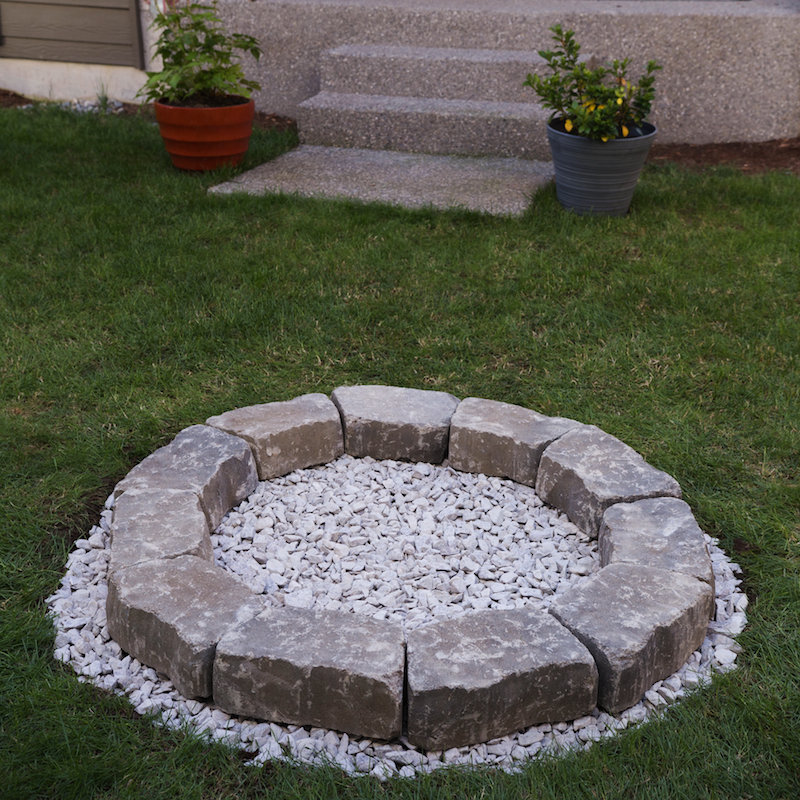 Turn your backyard into a cozy camp spot by making your own fire pit. This outdoor DIY project is easy to complete, and you’ll be making s’mores and cuddling up by the fire in no time.
Turn your backyard into a cozy camp spot by making your own fire pit. This outdoor DIY project is easy to complete, and you’ll be making s’mores and cuddling up by the fire in no time.
DIY Backyard Fire Pit: Build It in Just 7 Easy Steps By Joe Szabo, Scottsdale Real Estate Team
 Turn your backyard into a cozy camp spot by making your own fire pit. This outdoor DIY project is easy to complete, and you’ll be making s’mores and cuddling up by the fire in no time.
Turn your backyard into a cozy camp spot by making your own fire pit. This outdoor DIY project is easy to complete, and you’ll be making s’mores and cuddling up by the fire in no time.

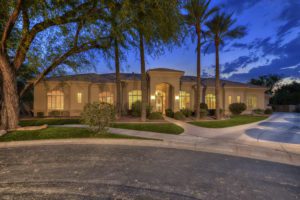 By
By 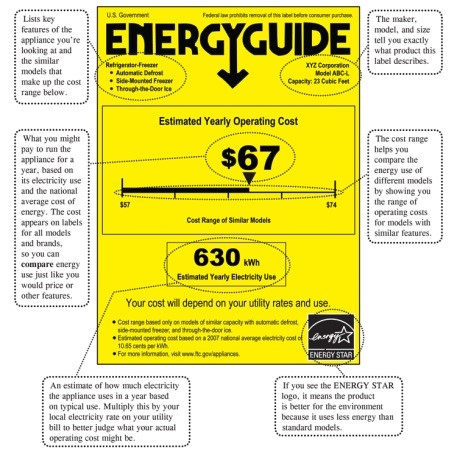
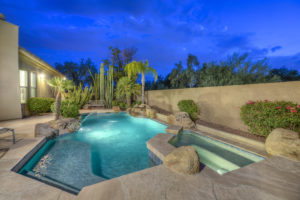 By
By 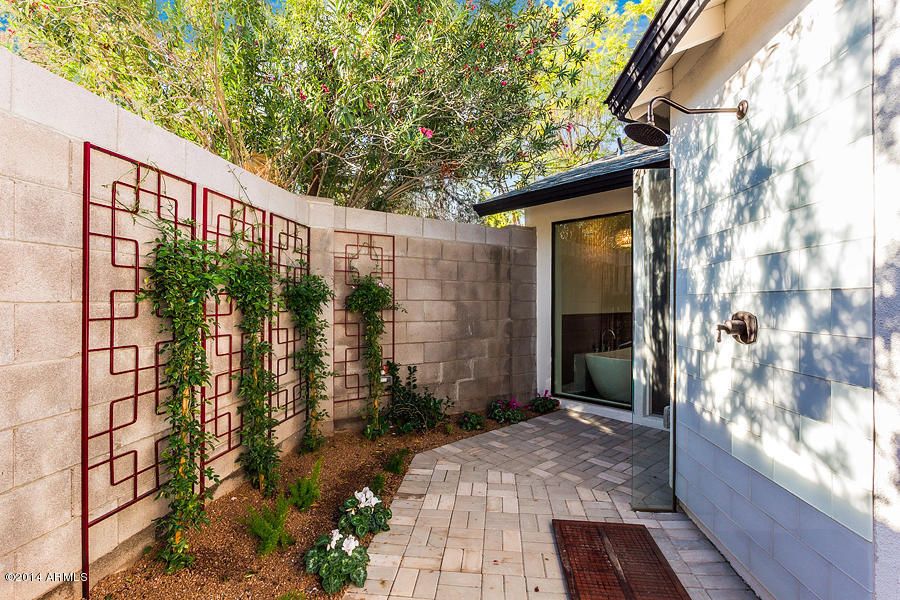 how simple or complex you want your shower to be. A simple outdoor shower with cold water costs approximately $1,000 or less. An outdoor shower with an enclosure and hot and cold water will run about $4,000-$8,000.
Here are four things to consider before taking the plunge on your own little piece of outdoor bathing heaven.
how simple or complex you want your shower to be. A simple outdoor shower with cold water costs approximately $1,000 or less. An outdoor shower with an enclosure and hot and cold water will run about $4,000-$8,000.
Here are four things to consider before taking the plunge on your own little piece of outdoor bathing heaven.








 By
By  By
By 


 By
By 

